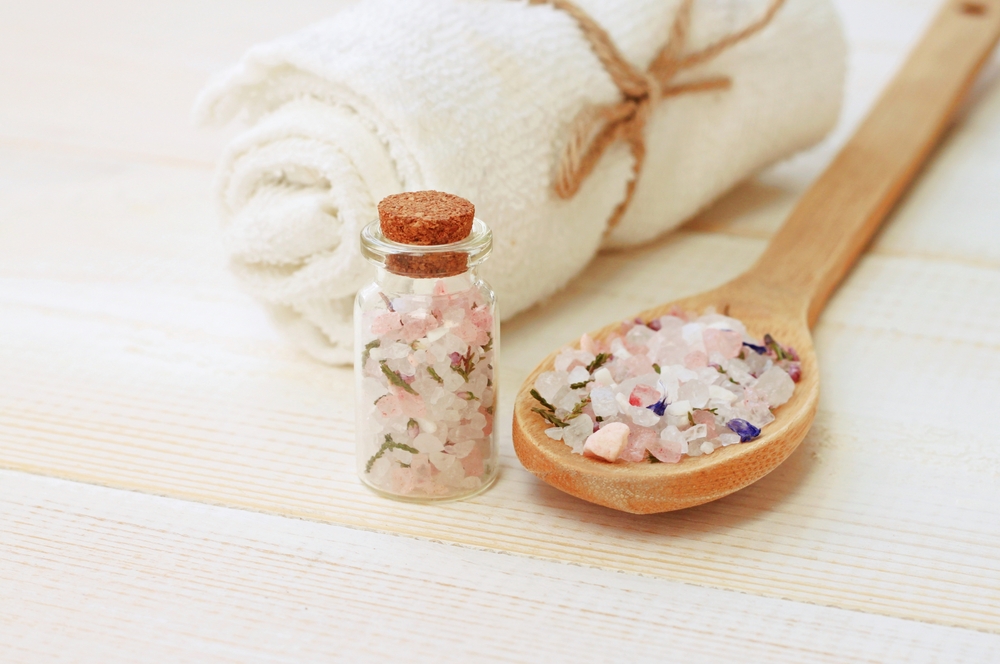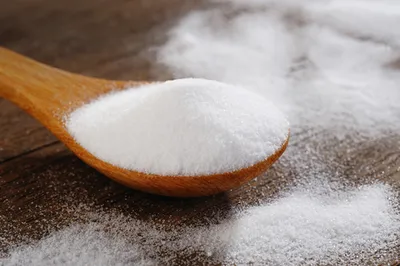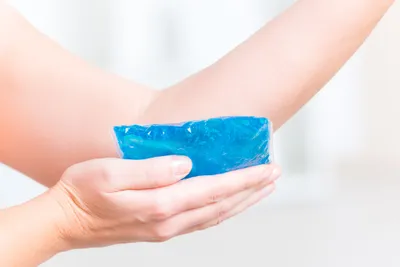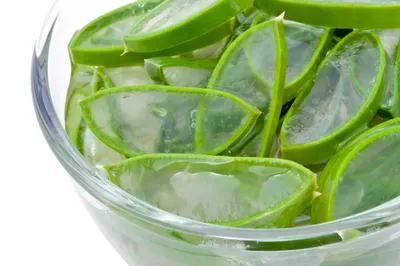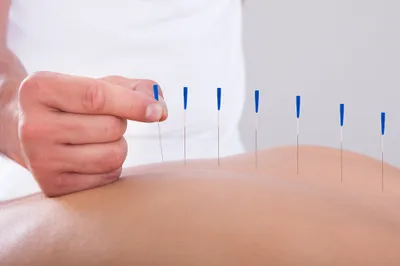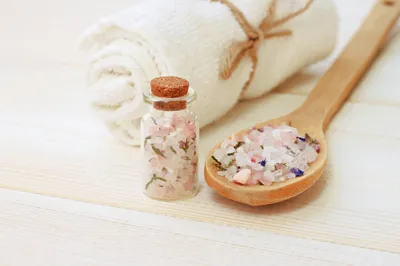Shingles is a painful infection of a nerve that can be debilitating – it’s more severe than chickenpox, which is caused by the same virus called varicella-zoster. Shingles typically strikes those over 50-years old who has already had chickenpox, with the virus reactivating.
While there are prescription antiviral medicines designed to tackle shingles, they really just take the edge off the pain and the duration of the virus. Non-prescription pain medications can also help, but here are six natural and drug-free ways to keep shingles under control (after you’ve sought medical advice)…
1. Baking Soda and Corn Starch
Is there anything baking soda can’t do? Well, for one, it can’t prevent you from getting shingles in the first place. However, Healthline.com notes that making a paste from these 2-ingredients can relieve some of the itching from the skin rash that comes with shingles.
The source suggests pouring 2-parts of cornstarch or baking soda into a cup with 1-part water to achieve the right consistency. Apply the paste directly to the rash, and rinse it off after 15-minutes or so. Since it’s all-natural, you can repeat this remedy as many times per day as needed.
2. The ‘Shingles Diet’
Livestrong.com notes that maintaining a strong immune system during the shingles outbreak is key, and you can help this along by consuming foods rich in vitamins A, B-6, C, E and folate (as well as iron and zinc).
Foods to consume while battling an outbreak include most fruits (citrus fruits with lots of Vitamin C are best) and vegetables (except for peas), as well as fish, poultry, beef, lamb, and brewer’s yeast, adds the source. Leafy greens and tomatoes are also recommended. Avoid sugary foods or those with refined carbohydrates, it adds.
3. Cool Compresses
EmedicineHealth.com suggests “after diagnosis and appropriate treatment,” applying tap water compresses to the “weeping” blisters for 20-minutes several times a day to help soothe the pain and dry the blisters out. ” This also aids in removing the scabs and decreases the potential for bacterial infection,” adds the source.
It notes that once the blisters have dried, you should cease using the compresses to avoid making the skin overly arid and itchy. It also notes that special care should be taken when blisters are weeping, as they contain the actual virus and can be contagious to those who may develop chickenpox.
4. Aloe Vera
Reader’s Digest notes if you have an aloe plant in your home, cut a leaf from it and squeeze the liquid directly over your affected skin. “The milky liquid inside the leaves may help soothe the blisters,” notes the source.
If you don’t have an aloe plant hanging around your home or garden, you can buy aloe vera gel from a store and try that instead (make sure it’s 100-percent aloe, says Reader’s Digest).
5. Acupuncture
HealthCMi.com says, “Acupuncture beats drugs for shingles nerve pain”. More specifically, it says that acupuncture combined with moxibustion (heat therapy) was shown to relieve pain better than the drug gabapentin meant to treat shingles, according to the source.
The drugs were given in conjunction with “sham acupuncture,” which is deliberately using non-acupuncture points to determine if there’s a placebo effect, it notes. Research showed acupuncture with moxibustion had an “effective rate” of 94-percent, compare to 86-percent for the drug and sham acupuncture, it adds.
6. Epsom Baths
Soaking in the tub is not usually a bad thing, and that remains true if you’re battling pain and itching from shingles. AuthorityRemedies.com suggests filling a bath with warm or cool (not hot) water, and adding the Epsom salt and letting it dissolve completely.
Soak in the tub for up to 20-minutes (or a minimum of 10), and then rinse yourself off with cool water and dry yourself thoroughly, it adds. It may take several baths with salt to determine the effectiveness of the treatment, it explains. Instead of salt, you can also add oatmeal or starch to cool or luke-warm bathwater for some healing power as well, according to the source.
